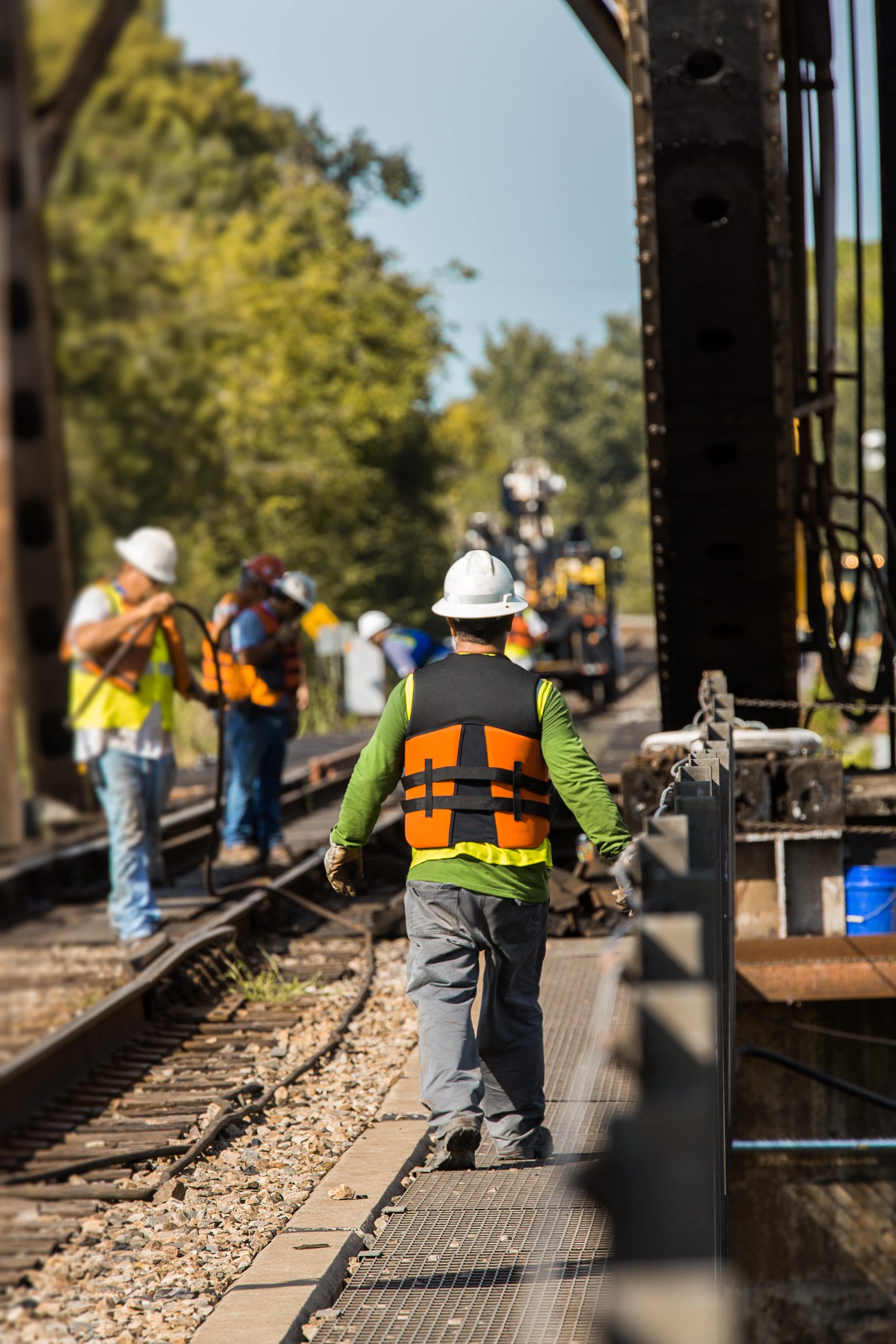How Can A Weekly Best Railroad Cancer Lawsuit Settlements Project Can Change Your Life

Best Railroad Cancer Lawsuit Settlements: A Comprehensive Guide
Railroad workers face distinct threats in their workplace, particularly exposure to damaging substances like asbestos and benzene, which can cause serious health issues, consisting of various types of cancer. For many years, lots of railroad employees have actually sought justice through lawsuits against the business that failed to supply a safe working environment. In this article, we will check out a few of the most considerable railroad cancer lawsuit settlements, how they were accomplished, and the implications for workers facing comparable situations.
Comprehending the Risks
Before diving into the settlements, it's important to comprehend the types of cancers typically associated with railroad work:
- Mesothelioma: An unusual form of cancer linked to asbestos exposure.
- Leukemia: Often related to exposure to benzene and other chemicals.
- Lung Cancer: Can emerge from prolonged exposure to diesel exhaust and other harmful materials.
- Bladder Cancer: Known to be linked to the inhalation or consumption of certain carcinogenic compounds.
- Other Cancers: Include colon and prostate cancers, which might also be connected to dangerous work environments.
These cancers not only impact the health of the workers but can also result in substantial monetary concerns, requiring legal action to secure fair compensation.
Landmark Settlements in Railroad Cancer Lawsuits
The following table summarizes noteworthy settlements resulting from lawsuits submitted by railroad workers who developed cancer due to occupational exposure:
| Case Name | Year | Settlement Amount | Background |
|---|---|---|---|
| Johnson v. Union Pacific | 2013 | ₤ 7 million | A former worker identified with mesothelioma after exposure to asbestos while working for the railroad. |
| Smith v. CSX Transportation | 2015 | ₤ 5 million | A case including a worker who developed leukemia after a prolonged exposure to benzene. |
| Garcia v. Burlington Northern | 2018 | ₤ 4 million | Employee filed claims of lung cancer after exposure to diesel fumes. |
| Thompson v. Norfolk Southern | 2020 | ₤ 6.5 million | A fit declared carelessness concerning asbestos exposure resulting in bladder cancer. |
| Davis v. Amtrak | 2022 | ₤ 10 million | A substantial success for a former train engineer suffering from lung cancer linked to workplace conditions. |
Factors Contributing to Large Settlements
The size of the settlements can vary significantly due to numerous aspects:
- Severity of Illness: Cases involving terminal illnesses or life-altering conditions tend to command greater settlements.
- Length of Exposure: Prolonged exposure to hazardous substances can strengthen the case for compensation.
- Documented Evidence: Clear evidence of negligence on the part of the company, consisting of security record and internal interactions, plays an important role.
- Worker's Age and Prognosis: Younger workers or those with longer life spans may receive greater settlements.
Legal Path for Railroad Workers
Railroad workers may file lawsuits under the Federal Employers Liability Act (FELA), which holds railroads accountable for work environment injuries and illnesses. Here's a list of steps usually included in filing a FELA claim:
- Consult a Specialized Attorney: It's essential to find a lawyer experienced in FELA claims and railroad injury cases.
- Gather Evidence: Collect medical records, work history, and any documents associated to exposure to harmful compounds.
- Sue: Submit your claim before the statute of restrictions ends, which can vary by state.
- Take part in Negotiations: Often, settlements are reached without going to trial through settlement between the celebrations involved.
- Trial: If settlements fail, cases might continue to trial, where a jury will determine compensation.
Frequently Asked Questions (FAQ)
Q1: How do I know if I have a valid claim?
To determine the credibility of your claim, talk to a specialized attorney who can evaluate your exposure history and medical records.
Q2: What types of compensation can I declare?
Compensation may cover medical expenditures, lost earnings, discomfort and suffering, and punitive damages.
Q3: How long does the legal process take?
It varies significantly depending upon the intricacy of the case, but it can take anywhere from a couple of months to several years.
Q4: Will my case go to trial?
Lots of cases are settled out of court. Nevertheless, if negotiations stop working, your case may go to trial.
Q5: Can I get compensation if I am no longer working for the railroad?
Yes, you can still declare compensation for diseases or diseases developed due to previous employment with the railroad.
The roadway to justice for railroad workers struggling with cancer due to occupational exposure can be challenging and emotionally draining pipes. Nevertheless, comprehending Railroad Cancer Settlements , the precedents set by large settlements, and the factors that can affect these cases is critical. Each settlement not only represents financial compensation however likewise works as a critical step towards holding railroad companies liable for the health and wellness of their employees.
Railroad workers need to understand their rights and look for counsel to explore their options for securing the compensation they are worthy of in the face of adversity. The journey may be long, however it is vital for securing the health of existing and future railroad employees.

